Ripening a tomato after the branch has broken off
Sandpaper Tongue
6 years ago
Featured Answer
Comments (24)
rgreen48
6 years agolast modified: 6 years agoRelated Discussions
All branches broken off stem
Comments (3)I would leave it alone. There is a house by me that had a "stick" in their front yard that had actually died. Not like yours. They left it in the ground, and now a year later, it has branches that have actually grown from the ground, watch your plant, it should branch off. I would leave it alone so not to stress it any further. don't give up on it, You are right to plant the others as cuttings. If the break is not clean, I would recut the end at a slant, and let it scab over for a couple of weeks before planting. Good luck!...See Moretomatoes tops broken off
Comments (10)If they are broken off there is not much that you can do to save the tops, but the plants will live. The good news is that although you might be set back a little, your plants will recover, and you'll now have 2 tops where the one broke off. Last year we had a nasty hail storm and the tops of several of my plants were severed. Ouch! A month or two later you couldn't even tell where the damage was....See MoreWill a broken tomato branch 'heal' itself?
Comments (14)Update: some of the leaves are now starting to get wilty, but on the whole, the whole branch still looks pretty good. If I can get myself some soil today, I'll lop it off, and see what happens. If I can't, it will stay tied up against the main plant where it split, and I'll try again tomorrow. I'm so happy for all the input. Gives me some hope that maybe... maaaaaaybe, it'll fix itself....See MoreTomato Branch Broken off
Comments (3)Broken off completely? If so, pick the tomatoes and let them ripen on the kitchen counter. It will take some time but they will eventually ripen enough to eat. If not, leave it attached to the plant as is and they will usually heal themselves enough to at least partially ripen the fruit. There are a couple of other "broken branch" threads running right now with some additional info in them for repais and re-staking the plant if the break is not complete. Good luck. ;) Dave...See Moredigdirt2
6 years agoSandpaper Tongue
6 years agoBoris Zakharin
6 years agodigdirt2
6 years agoHrib
6 years agolast modified: 6 years agodigdirt2
6 years agoBoris Zakharin
6 years agodaninthedirt (USDA 9a, HZ9, CentTX, Sunset z30, Cfa)
6 years agolast modified: 6 years agodigdirt2
6 years agogorbelly
6 years agogorbelly
6 years agolast modified: 6 years agogorbelly
6 years agolast modified: 6 years agodigdirt2
6 years agoBoris Zakharin
6 years agolast modified: 6 years agogorbelly
6 years agoalbert_135 39.17°N 119.76°W 4695ft.
6 years agodigdirt2
6 years agolast modified: 6 years agogorbelly
6 years agolast modified: 6 years ago
Related Stories

LIFEHouzz Call: What Has Mom Taught You About Making a Home?
Whether your mother taught you to cook and clean or how to order takeout and let messes be, we'd like to hear about it
Full Story
MOST POPULARKitchen of the Week: Broken China Makes a Splash in This Kitchen
When life handed this homeowner a smashed plate, her designer delivered a one-of-a-kind wall covering to fit the cheerful new room
Full Story
FRONT YARD IDEASBefore and After: Front Lawn to Prairie Garden
How they did it: Homeowners create a plan, stick to it and keep the neighbors (and wildlife) in mind
Full Story
MOST POPULARBefore and After: 13 Dramatic Kitchen Transformations
See the wide range of ways in which homeowners are renovating their kitchens
Full Story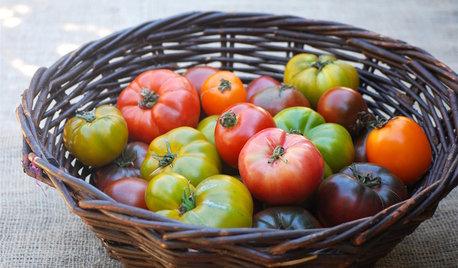
EDIBLE GARDENS10 Delicious Heirloom Tomatoes to Grow This Summer
Irresistible heirlooms offer outstanding flavor and variety. Choose from a rainbow of colors in all shapes and sizes
Full Story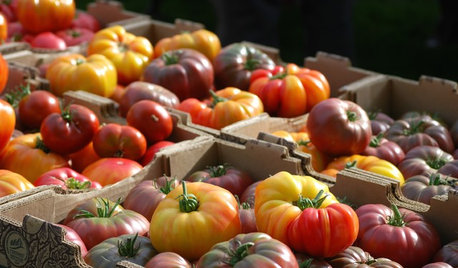
SUMMER GARDENINGNew Heirloom Tomato Hybrids Offer the Best of Both Worlds
These crosses combine great heirloom tomato flavor with increased productivity and disease resistance
Full Story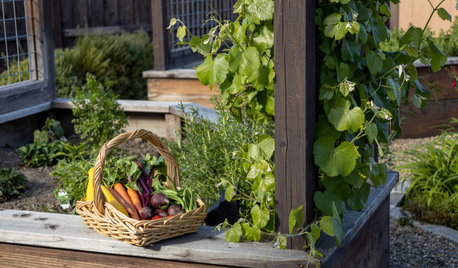
GARDENING 101What to Do in Your Edible Garden After the Summer Harvest
Set up your veggie garden to be productive and healthy year after year with this fall checklist
Full Story
EDIBLE GARDENSSummer Crops: How to Grow Tomatoes
Plant tomato seedlings in spring for one of the best tastes of summer, fresh from your backyard
Full Story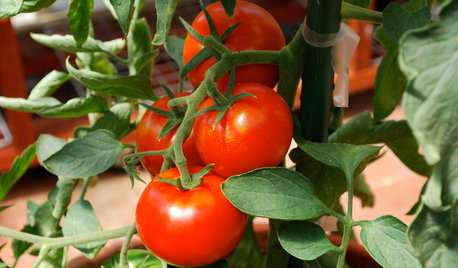
GARDENING 101How to Grow Tomatoes in Pots
Don’t have much space for a garden? All you need is a sunny spot and a large container to grow this favorite summer crop
Full Story
LIFE6 Ways to Cool Off Without Air Conditioning
These methods can reduce temperatures in the home and save on energy bills
Full Story


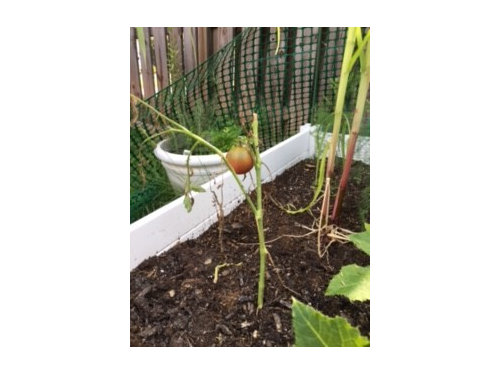
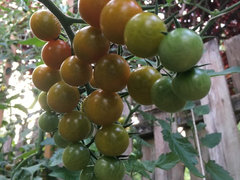
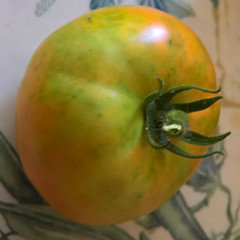

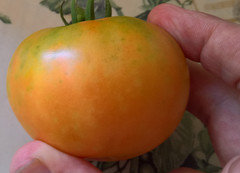

HU-830600478